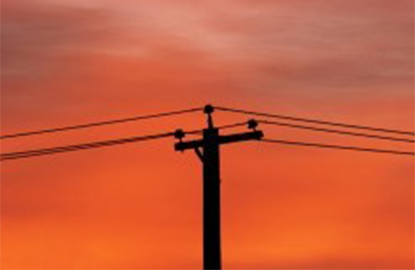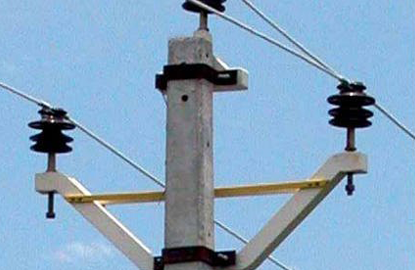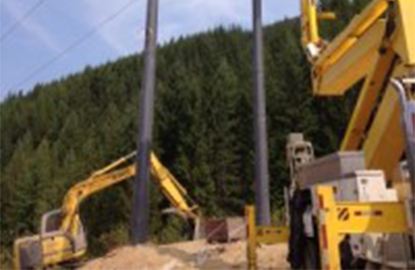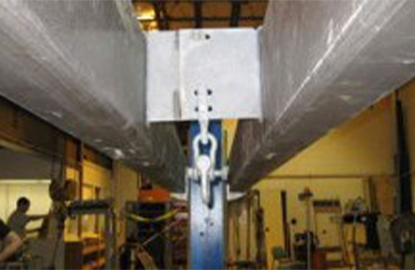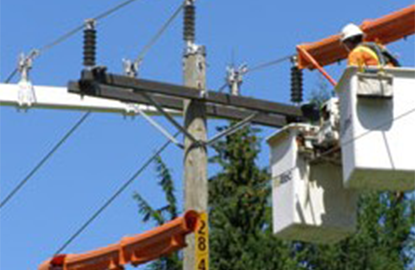Our existing electricity energy infrastructure is composed of:
- Electricity generation facilities—approximately 5,800 major power plants and numerous other smaller generation facilities;
- High-voltage transmission lines—a network of over 450,000 miles that connects generation facilities with major population centers; and
- Local distribution systems that bring electric power into homes and businesses via overhead lines or underground cables.
A whitepaper from Utility Composite Solutions estimates the U.S. market for distribution poles alone is approximately US$9 billion and that about 3.6 million distribution poles and cross arms (which are mostly wood) have to be replaced each year. In addition, about 2.4 million new poles with cross arms are added annually.
Traditionally, wood has been a popular transmission structure material since its upfront cost is relatively inexpensive when compared to substitutes. However, the quantity and quality of timber required for transmission structures continue to decline. Utilities started to use galvanized steel as a wood alternative, which worked well for certain applications; however, corrosion caused by aggressive environments, chemicals, and pollution can significantly decrease its lifespan. The cost of steel has increased significantly in recent years, with steel procurement time currently running around 6 months.
Over the last decade, new engineered materials have been emerging as an alternative to the widely used traditional materials. Two-component polyurethanes are now commonly known to exhibit superior strength and toughness and may allow manufacturers to cost-effectively produce lighter, stronger, and more damage tolerant profiles.
In the coming years, there will be an increasing need to adopt new technologies that will mitigate the issues related to the degradation of the electrical grid. Recent investments and new technology implementation have helped the problem, but capacity and aging infrastructure will continue to be issued in the long term.
If you’d like to learn more about how two-component polyurethanes are being implemented in cross arms and cross braces, contact us or check out our products page.
